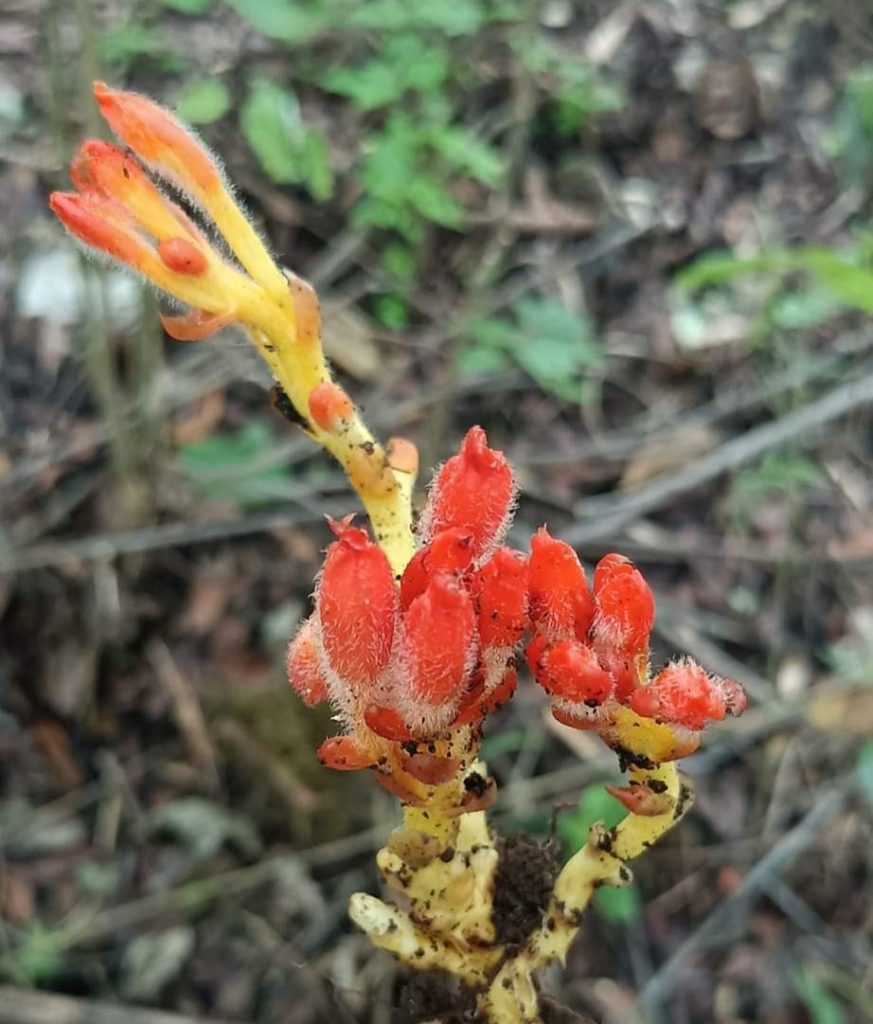
A new species of parasitic plant belonging to the genus Christisonia has been discovered from Paithalmala in Kannur district. The scientific name Christisonia flavirubens has been given to the new plant that grows on the roots of plants belonging to the genus Strobilanthus. The name flavirubens is due to their red and yellow flowers. There are no leaves or chlorophyll in this category of plants. They are completely dependent on the host plant and have only small roots, flowers and fruits. They are characterized by hairy flowers and male stamens standing in a row. Flowering occurs at long intervals on host plants. After flowering and fruiting, they die in mass. This new type of plant grows by absorbing water and salts with the help of fungi when the roots of the dying Strobilanthus plant begin to rot during the rainy season. Although these plants have a lifespan of only a few months, their seeds can germinate for years.
Dr. Jose Mathew, Assistant Professor, Sanatana Dharma College, Alappuzha and Mr. Salim Pichan, Senior Technical staff at Swaminathan Research Foundation, Wayanad are behind the discovery. A research paper on the plant has been published in the new issue of Biodiversity: Research and Conservation a scientific journal published from Poland. [ Read Publication]
The origin of parasitic plants and their ecological interaction is a wonder for the living world. Although some species kill host plants, they are of great importance because beneficial chemicals can be produced through symbiosis with them.
